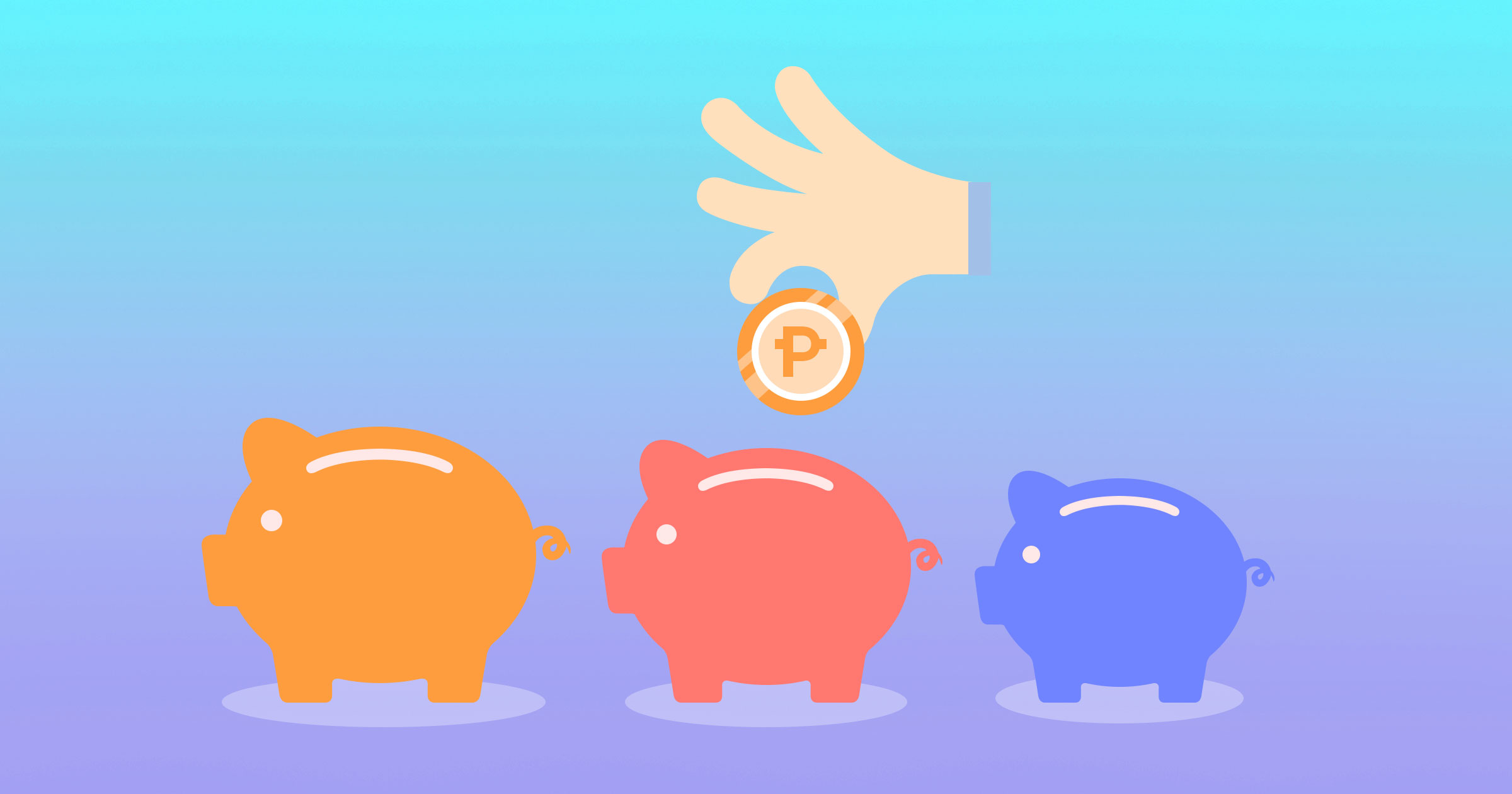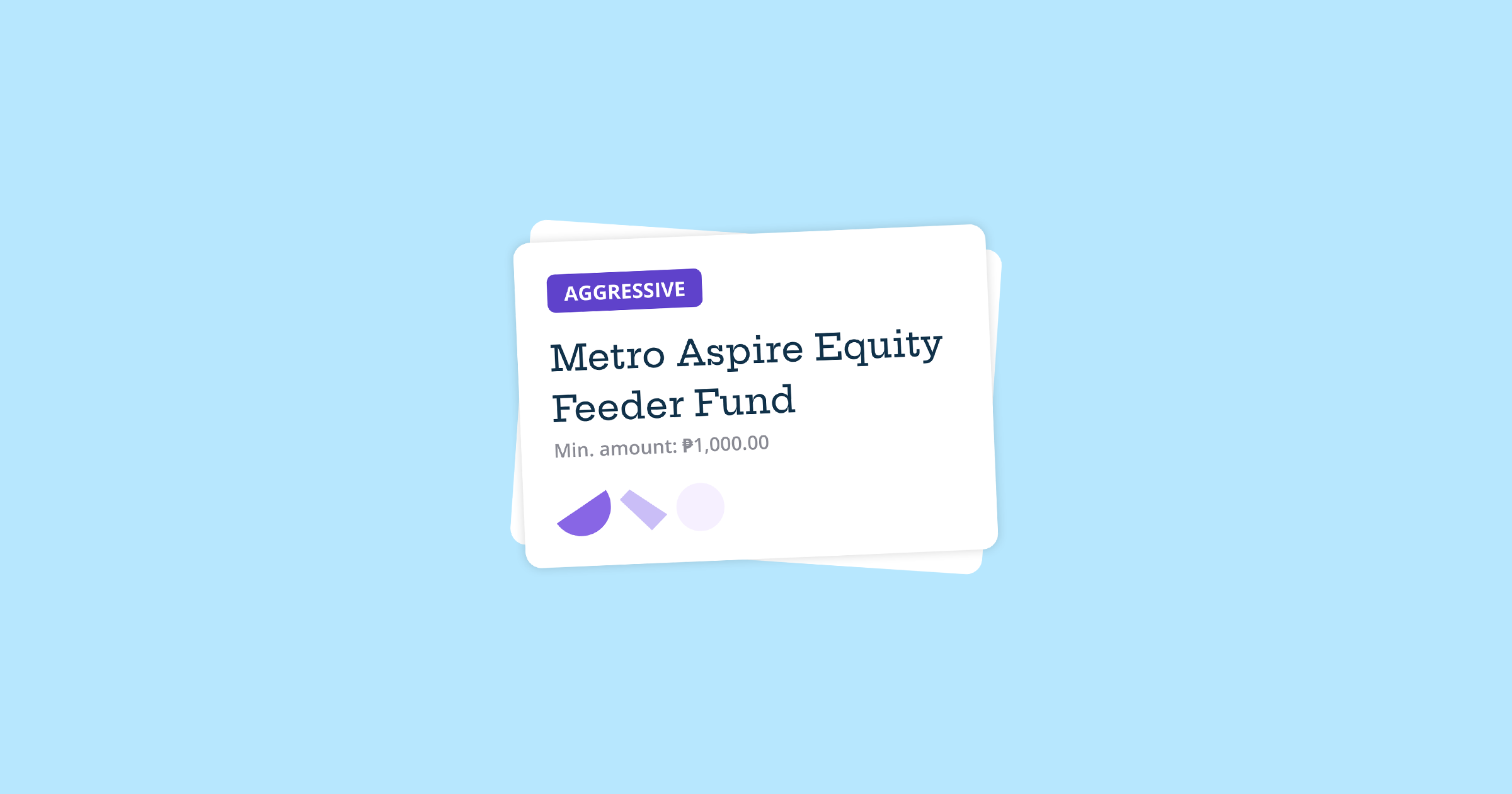The 50/30/20 method (also known as the 50 – 30 – 20 Budgeting Strategy) is one of the most popular ways of budgeting. It has helped people make the most out of their money and regularly set aside a certain percentage of their income.
While there is no sure-fire, one-size-fits-all approach to budgeting, this proven way is worth considering if you’re looking for a budgeting technique that is effective but isn’t too restrictive.
Before you start with this budget strategy, you need to know how much your net income is. It is essential to know how much comes in so you can budget how much goes out.
That way, you’ll know exactly how much you can spend per category. If you’re lucky, you may have surplus on certain months, perhaps for extra groceries, for extra investments, or for you to fund a newfound hobby.
Remember also that you can be a little flexible with the percentage allocation. Just don’t go over your total income.
50% for needs
Of your total income, half should go to your needs, or things that you absolutely need to get by. This category includes food, rent, cellphone bills, and insurance. If you have an outstanding loan, the minimum payment should also be part of this segment.
If you have a hard time fitting everything you need to pay for under the 50% allocation, remember that you can optimize things.
For example, if you see that you spend too much on food, you can choose to cook meals at home instead of having them delivered. If you spend a lot on utilities, you could try to be more conscious of your consumption.
30% for wants
This allocation provides some freedom for your expenses, so that following the 50/30/20 method won’t feel too strict. You can choose what you spend on here, as long as you don’t go over 30% of your monthly income.
If you’d like to buy some clothes or try food from a new restaurant that is a bit pricey, you can get the funds from this category.
20% for savings
The remaining 20% should be go to savings and investments. If you’re paying off a loan, everything on top of your minimum (which goes under the 50% needs allocation) should go here.
If you don’t have a loan, your money should first be going to an emergency fund. Once you’ve completed that, you can start looking at your investment options.
To make 50/30/20 budgeting easier to understand, here’s a sample of how someone with a net monthly income of P30,000 would do it. For simplicity, let’s assume that this person has no loans, has already completed an emergency fund, and there are no bonuses for the month.
Net income: P30,000
| 50% (P15,000) | |
| Rent | P7,000 |
| Utilities | P2,500 |
| Food | P3,000 |
| Transportation | P1,500 |
| Cellphone bill | P1,000 |
| TOTAL | P15,000 |
| 30% (P9,000) | |
| New clothes | P3,000 |
| Saturday Dinner | P4,000 |
| Plants | P1,000 |
| Coffee beans | P700 |
| Milk tea | P300 |
| TOTAL | P9,000 |
| 20% (P6,000) | |
| Investment | P6,000 |
| TOTAL | P6,000 |
Being creative, thrifty and efficient with money, resources and time is the ultimate byproduct of budgeting. That’s because we have to try and make do with the time, energy and resources that we have, in order to get by.




